Yehyang (예향)
142.7M 2024-02-19
11-1 Boeun-ro 3-gil, Gangjin-eup, Gangjin-gun, Jeollanam-do
061-433-5777
Yehyang is a traditional Korean table d'hote restaurant that originated in 1930 on Yeongrang-ro in Gangjin. They offer set menus such as ye jeongsik, hyang jeongsik, and surasang, all served based on a portion size for four people. Using natural ingredients, they provide healthy and flavorful meals with dishes like hongeo samhap (skate, pork, and kimchi combo), tteokgalbi (grilled galbi patties), and bori gulbi (barley-aged dried yellow croaker).
Haetae Sikdang (해태식당)
585.9M 2024-02-16
6 Seoseongan-gil, Gangjin-eup, Gangjin-gun, Jeollanam-do
Haetae Sikdang specializes in Namdo-style hanjeongsik (Korean table d'hote), with the Haetae jeongsik (Haetae set menu) being the sole offering on its menu. This nutritious array of dishes is prepared using ingredients sourced from the rich natural environment of Gangjin. The selection of food varies seasonally, featuring Gangjin daehap (hard clams) in spring, minmul jangeo (freshwater eel) in summer, jeoneo (gizzard shad) and odori (raw shrimp) in autumn, and maesaengiguk (seaweed fulvescens soup) in winter, ensuring a diverse and fresh dining experience throughout the year.
Dongmun Maebanga (동문매반가)
668.3M 2024-01-11
27 Sauijae-gil, Gangjin-eup, Gangjin-gun, Jeollanam-do
Dongmun Maebanga is where Dasan Jeong Yak-yong, a representative civil servant of the Joseon dynasty and a Silhak scholar, stayed after being exiled to Gangjin. It now operates as a restaurant that serves the curled mallow soybean paste soup he enjoyed. It is right across from Sauijae House, where Dasan lived and devoted himself to education and academic research, so it is recommended to look around before going for a meal. Its signature menu is “Dasan Set Menu,” which comes with the curled mallow soybean paste soup and pan-fried battered clams. Other dishes such as braised red stingray, sea snail salad, and spicy stir-fried marinated pork are all plentiful and delicious.
Da hyang so ckuk (다향소축)
7.0Km 2024-12-23
7-5 , Dasanchodang 1-gil, Gangjin-gun, Jeollanam-do
+82-61-432-0360
Dahyang Sochuk, near the Dasan Chodang historic site in Gangjin, Jeollanam-do, is a traditional hanok homestay that feels like a local museum. All rooms are red clay-walled, and have naturally dyed bed linen. Large and small flowers bloom around the house, and in the yard are many strangely-shaped bonsai in pots, creating a refined and relaxing atmosphere. Wild green tea grows locally, so tea ceremonies are often arranged.
Dasan Chodang (Historic Site Related to Jeong Yak-yong) (다산초당 (다산 정약용 유적지))
7.0Km 2023-06-19
68-35, Dasanchodang-gil, Gangjin-gun, Jeollanam-do
+82-61-430-3911
Dasan Chodang is the house where Jeong Yak-yong (pen-name Dasan, 1762-1836) lived during his exile. He was a scholar of the late Joseon dynasty and is noted for his great contributions to the development of practical learning in Korea. After he was expelled to Ganjin for writing a secret letter of appeal for religious freedom, which later was named ‘the Hwang Sa-yeong Baekseo’, he lived in the house for 18 years while studying practical learning (‘Silhak’ in Korean). Most of his famous books were written in Dasan Chodang. While walking along a road near Dasan Chodang, you can see the Cheonilgak pavilion, which offers a great view of beautiful Gangjin Bay. Not far from Dasan Chodang is the Dasan Museum, where visitors can learn about the life of Dasan.
Seongmunjeong (석문정)
10.0Km 2024-02-16
2059-7 Baekdo-ro, Doam-myeon, Gangjin-gun, Jeollanam-do
Seongmunjeong is renowned for its hoechuntang (chicken and seafood soup with medicinal herbs). In Gangjin, where meat and seafood are plentiful, hoechuntang emerged as a traditional dish, embodying the region's abundance. This wholesome soup, which combines medicinal herbs, octopus, abalone, and chicken without the addition of salt, is a testament to the area's culinary heritage. Its name, "return-to-spring soup," reflects the soup's reputed health benefits, believed to rejuvenate the diner and restore the vitality of one's youth.
Gangjin Ziptrek (강진 짚트랙)
11.6Km 2024-01-11
49-9 Gaudo-gil, Doam-myeon, Gangjin-gun, Jeollanam-do
This exciting activity can be enjoyed at the 25-meter high celadon tower located in the center of Gaudo Island. Gaudo Ziptrek is approximately 1 kilometer long and boasts the longest one in Korea as a maritime experience facility. After wearing safety equipment on the tower's first floor, visitors can ride the Ziptrek at the top of the sixth floor. The ziptrek offers an exhilarating downhill slide that feels like flying in the sky with magnificent scenery that unfolds down below. The slide ends at the entrance to the suspension bridge.
Gaudo Suspension Bridge (가우도 출렁다리)
12.2Km 2024-01-11
San 7-1 Singi-ri, Doam-myeon, Gangjin-gun, Jeollanam-do
Gaudo Island, the only inhabited island among Gangjin's eight islands, is connected to the mainland by a suspension bridge. The suspension bridges installed on both sides of the island have emerged as Gangjin's famous destination, attracting hundreds of thousands of visitors every year. While crossing the dizzying suspension bridge, one can see the wonderful seascape that changes in brightness depending on the waves. The footbridges, Jeodu Suspension Bridge (438 m) or Dasan Bridge (716 m), can be used to entrance Gaudo Island, and there is also a clean trail along the coastline. It takes about one to one and a half hours to walk across both bridges, making it a great place to enjoy a walk.
Gangjin Moonlight Hanok Village (강진달빛한옥마을)
12.2Km 2024-04-04
2 Dalbithanok-gil, Seongjeon-myeon, Gangjin-gun, Jeonnam-do
This village with 29 hanok (traditional Korean house) is surrounded by Wolchulsan Mountain like a folding screen. About 10 of those unique houses offer a friendly hanok lodging experience for tourists by renting out one or two guestrooms. It is fun to see the yards of each house decorated differently from its front yard. The observatory at the village offers a panoramic view of towering Wolchulsan Mountain, expansive tea fields, rice paddies, and the cozy Gangjin Moonlight Hanok Village at a glance.
Gaudo Island (가우도)
12.2Km 2025-01-17
473, Wolgot-ro, Gangjin-gun, Jeollanam-do
+82-61-430-3114
Gaudo Island is the only populated island of the eight islands in Gangjinman Bay. The name comes from its appearance in relation to Boeunsan Mountain in Ganjin-eup, which looks like a cow’s head. The whole island resembles a cow’s meonge (curved stick around cow’s neck used to drag farming tool) so the island became to be called Gaudo Island (Ga: Meonge in Chinese characters).
From Gaudo Island, Gangjinman Bay and the uninhabited islands can be seen in all directions. The coastal scenery is stunning and varied natural tourism resources grow here such as the silver magnolia, cypress colony, and Japanese black pines. Visitors can walk to the island from the mainland via a suspension bridge. When arriving to the island, a 2.5-kilometer long ecological exploring road along the mountain and coast is available. Also, fishing park which has various kinds of fishes is located in the spot where visitors can overlook at beautiful scenery of Gangjinman Bay. At the top of the island, visitors can enjoy a zip track which is an eco-friendly leisure facility, starting from the 25-meter Cheongja Tower.

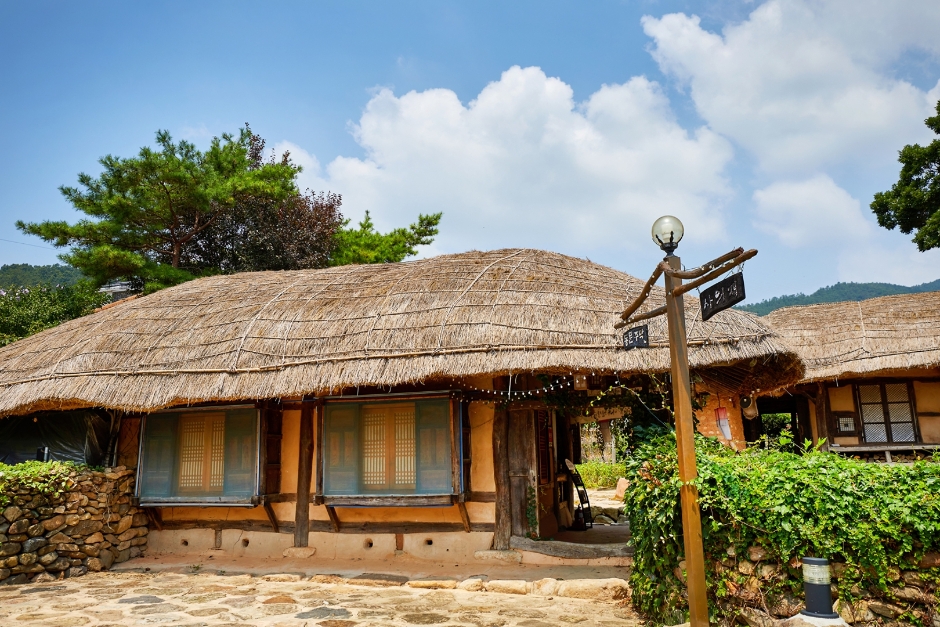
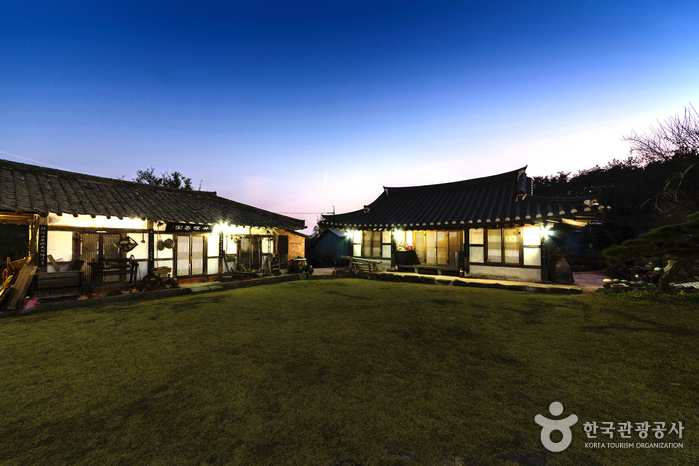
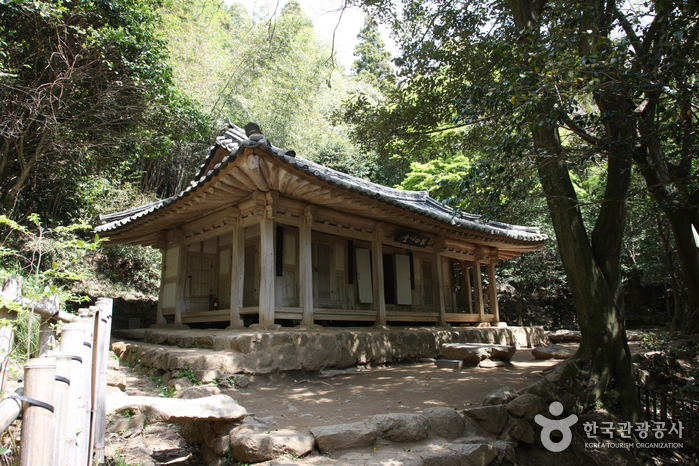
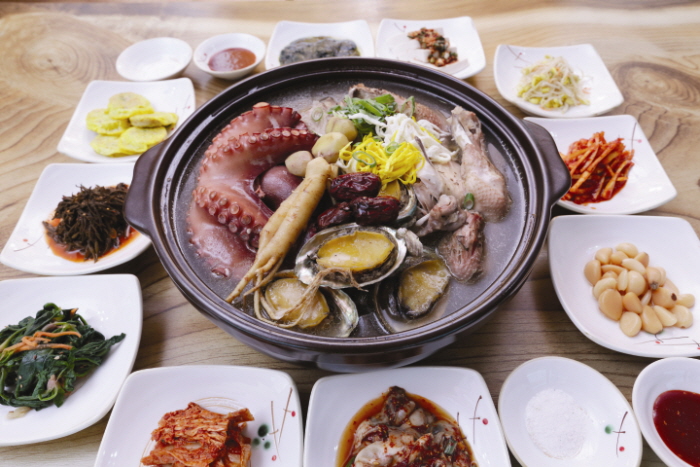
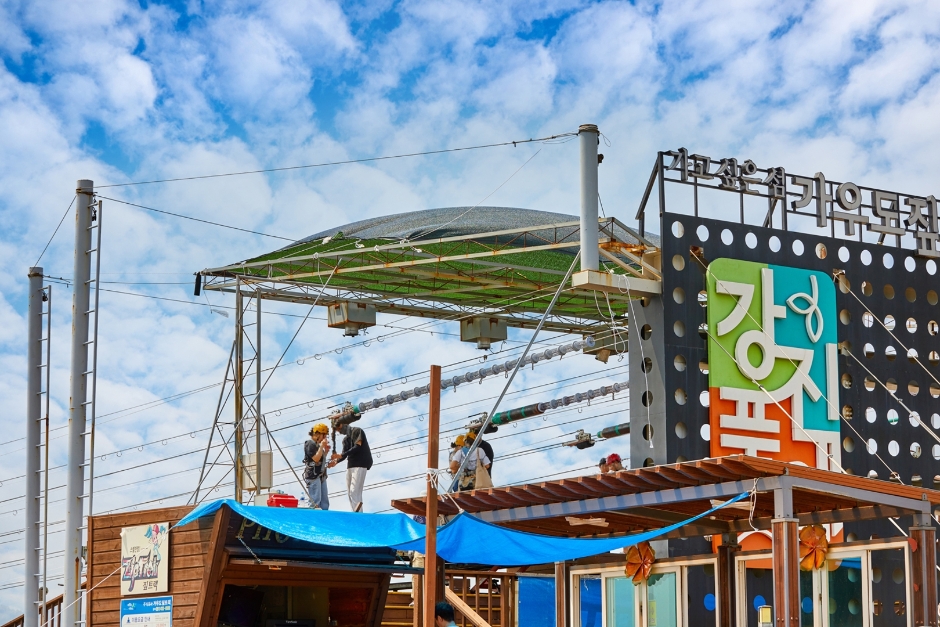

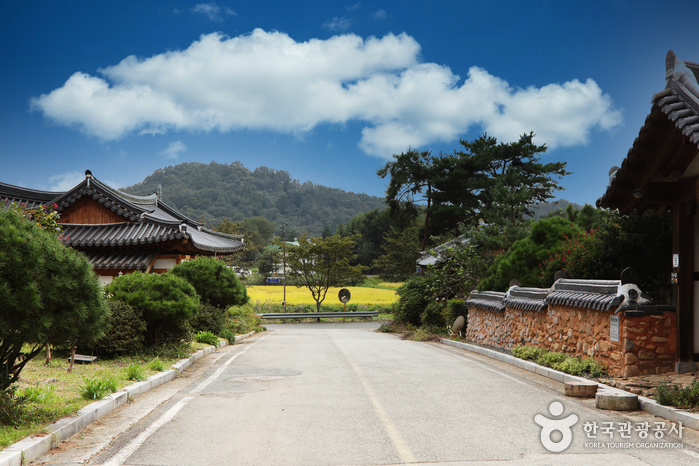
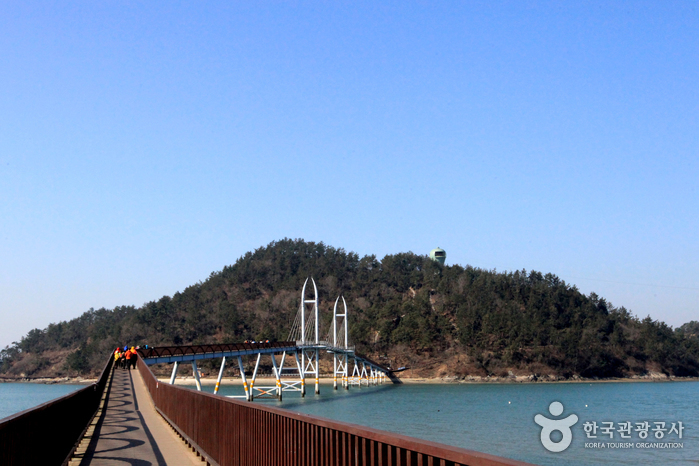
 English
English
 한국어
한국어 日本語
日本語 中文(简体)
中文(简体) Deutsch
Deutsch Français
Français Español
Español Русский
Русский